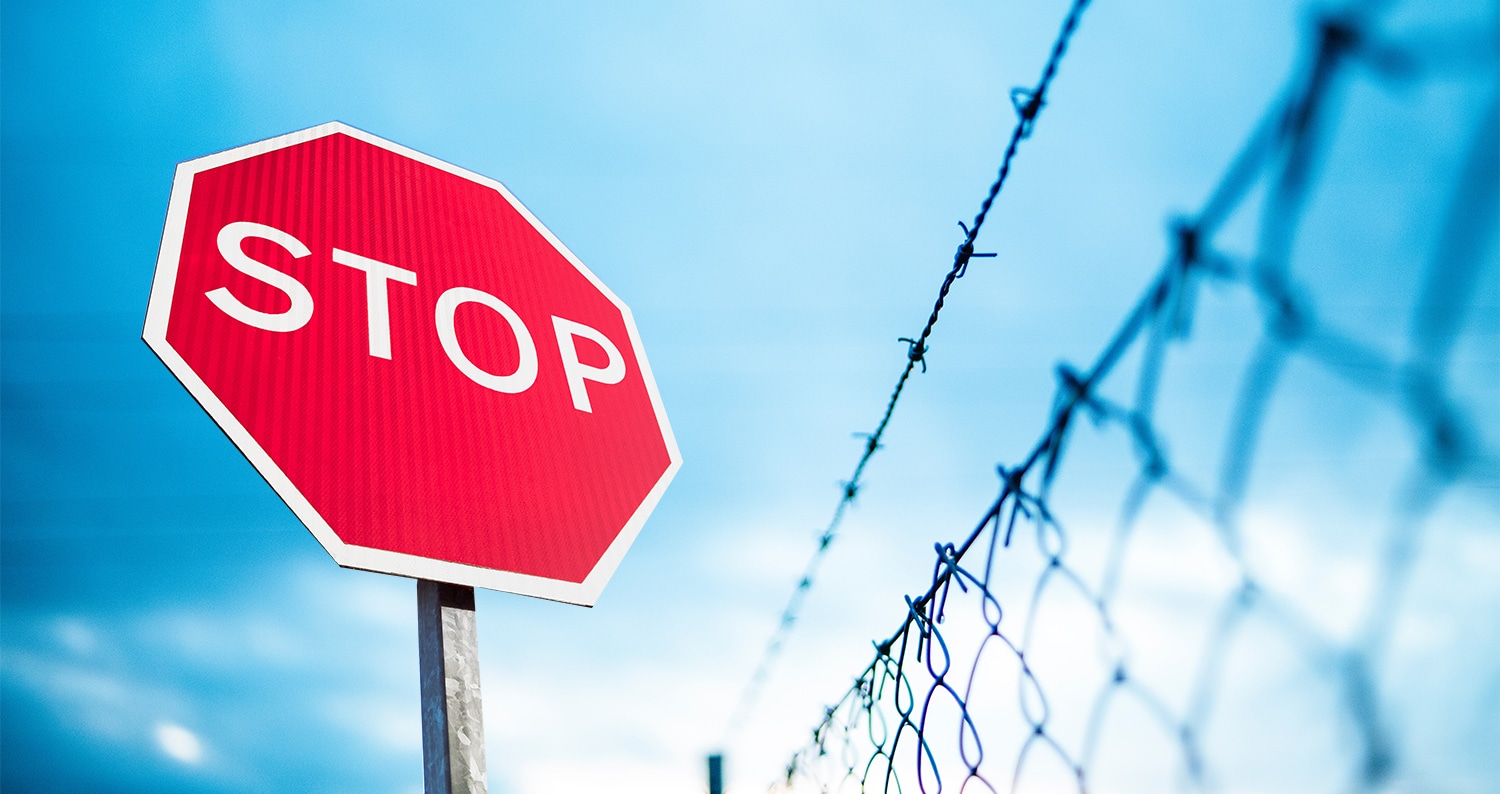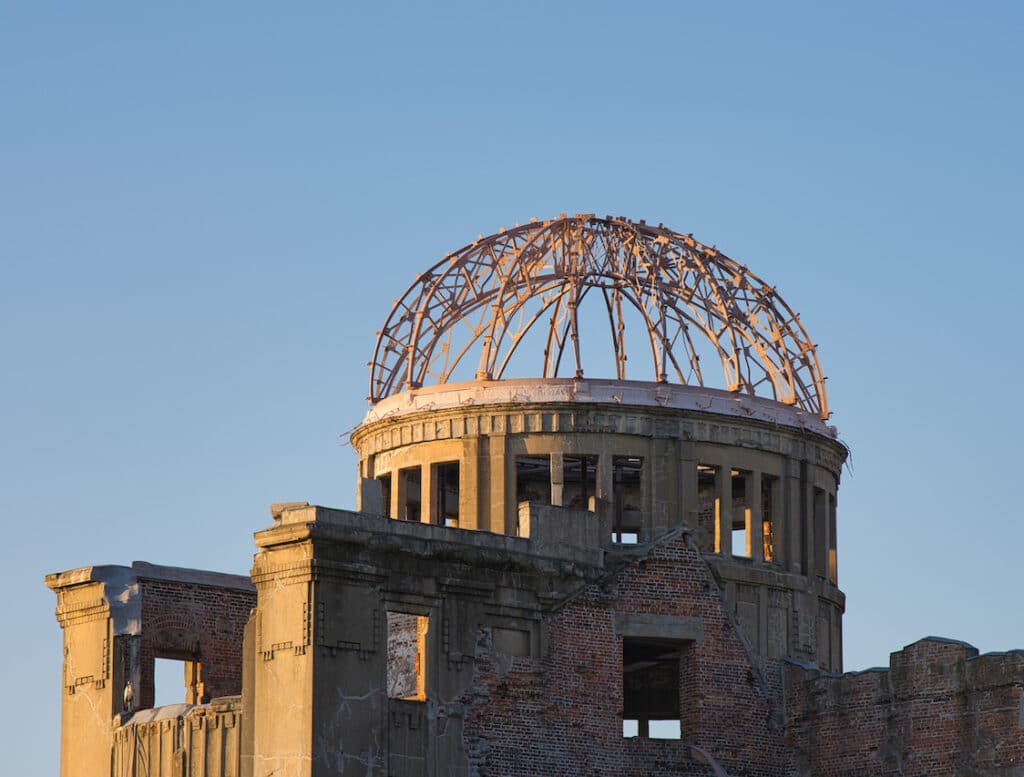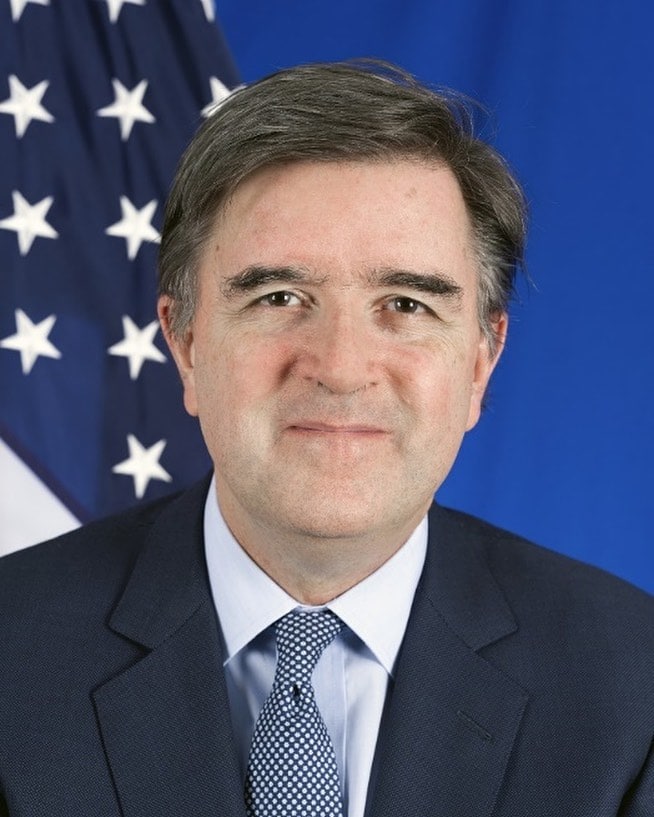Blog
Home » Diamonds blog » Expecting Tighter Russian Diamond Ban Post G7 Summit in May, Japan.
Focus on

As the European Union inches toward placing a full ban on sales of Russian-origin diamonds, irrespective of where they may have been cut and polished, the focus appears set to shift to ensuring the effectiveness of such ban, and the technological tools may be available to make that happen— if they are available at all.
There is wide expectation that when the G7 countries – which include the United States, Canada, Great Britain, Japan and EU members France, Germany and Italy – meet in Hiroshima, Japan, from May 19 to 23, they are likely are likely to impose sanctions on all diamonds sourced in Russia, ranking up pressure on the Kremlin in retaliation for its action in Ukraine. Whether this will cover the entire spectrum of goods is a matter of speculation at present, with some sources suggesting that only diamonds weighing 1 carat and more will be affected.
This supposition seemed to be confirmed in a recent Economic Times of India article, which quoted Vipul Shah, Chairman of the Gem and Jewelry Export Promotion council as saying “We have heard from various sources that there will be new sanctions, and they will start with large diamonds.”
But, in any case, some type of action of expected. In March, Ambassador James C. O’Brien, head of the U.S. Office of Sanctions Coordination, told JCK magazine that the U.S. government was planning to present a proposal for preventing Russian diamonds from accessing all G7 markets.
For its part the United States already restricts the import of Russian rough diamonds, but the ban does not include goods that were mined in Russia but processed in another country.

Ground zero, the site at which the first atomic bomb exploded over Hiroshima, Japan, the site of the G7 Summit, May 19-23, 2023
A CHANGE OF HEART IN BELGIUM?
While the European Union did earlier ban the import of polished diamonds from the Russian Federation, it has been dragging its feet where it comes to the sale of rough goods.
The continuation of rough diamond imports into Europe was the largely the result of intense lobbying at the European Council headquarters in Brussels by Belgian representatives, who have argued that it will be Antwerp that will pay the heaviest price, while Russia is still able to exports its goods through non-European diamond-trading centers—most predominantly Dubai and Mumbai.
But grass-roots political pressure building up in Belgium as well. In April, the Belgium Parliament’s Foreign Affairs Committee has approved a proposal to ban Russian rough diamonds from entering the country and to add Alrosa, Russian state-controlled diamond mining company, to the EU sanctions list.
The is not yet a done deal, for the proposal will still have to get the approval of the Belgian parliament. But it does provide additional incentive for the Belgian government to fall in line with other EU countries, for which there apparently will be pressure following the G7 Summit in Japan later this May.
TECHNOLOGICAL SOLUTION BEING SOUGHT
Quoted by JCK magazine Antwerp World Diamond Centre (AWDC) spokesperson Tom Neys said that the parliamentary committee’s decision “underscores how Antwerp and AWDC are looking to contribute to reasonable and watertight solutions to verify the origin of a diamond and exclude Russian diamonds from the G7 markets.”
But, he added, “Belgium will not accept rubber-stamping solutions—like, for example, a system of declarations. A science-based solution will deliver the strongest guarantee for an equal playing field globally to enter the G7 markets.”
That is a tough standard to meet, for traditionally the industry has struggled to develop easy-to-apply methods of matching polished diamonds to a specific mine or even country.
One company that says its does have a solution in a Swiss-based firm called Spacecode. Referencing the expectation of new sanctions following the upcoming G7 Summit, the firm announced that it has developed a device that can accurately identify from which region of the world every individual diamonds come from.
According to Pavlo Protopapa, Chairman and CEO of Spacecode., the device is able to to trace the provenance of diamonds by analyzing their morphology — or in other words their chemical composition and the optical properties.
Spacecode’s device, Protopapa said, will determine the origin of a stone, even if it had not registered earlier in the supply chain.

The U.S. government is planning to present a proposal for preventing Russian diamonds from accessing all G7 markets, confirmed James O’Brien, head of the Office of Sanctions Coordination in the Biden administration, in conversation with JCK magazine.
Such technology could be a gamechanger – if it works. Spacecode has not yet presented one its devices for public scrutiny.
